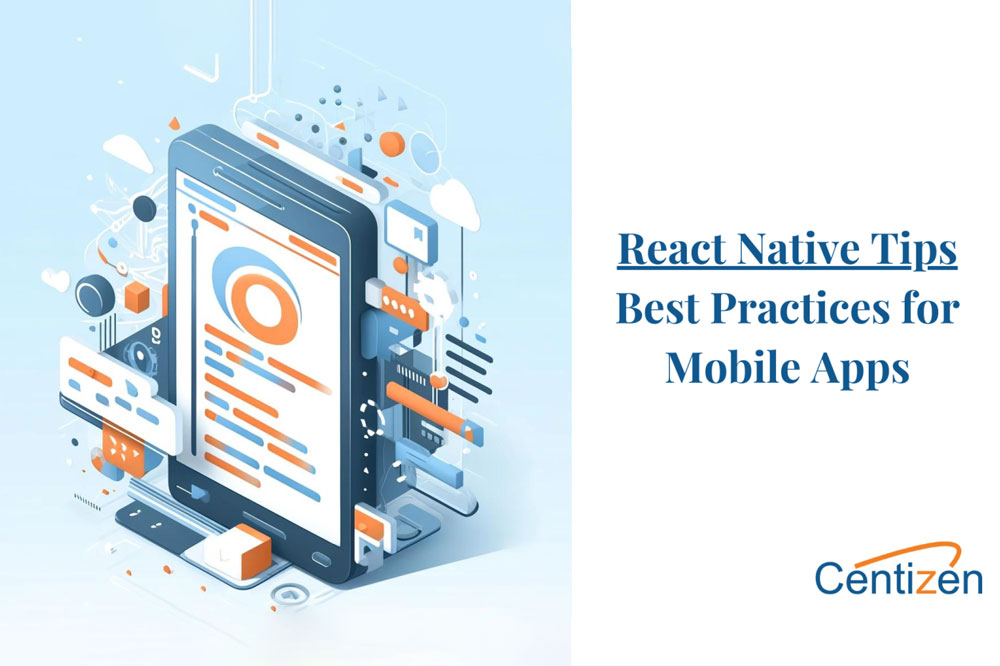React Native Best Practices for Building Robust Mobile Apps

As mobile development continues to dominate the tech scene, React Native emerges as a leading framework for crafting high-quality, cross-platform apps. This article outlines key best practices that developers should follow to enhance their React Native projects. Whether you’re a beginner or an experienced developer, these tips will help you write cleaner, more efficient code.
1. Organize your components
Keep your components small and focused. Adopt functional components and React Hooks for better performance and code simplicity. This structure not only enhances readability but also eases maintenance.
2. Master state management
Effective state management is crucial. Consider using Redux or Context API for managing global state. This practice ensures your components remain stateless and predictable, which simplifies debugging and testing.
3. Embrace code reusability
Aim to create reusable components to minimize code duplication and reduce errors. Utilize higher-order components or custom hooks to abstract shared logic across various components, promoting cleaner and more modular code.
4. Optimize performance
Performance is key in mobile apps. Use React.memo to memorize components and avoid unnecessary re-renders. Opt for FlatList or SectionList when rendering long lists to leverage built-in performance optimizations.
5. Implement type checking
Incorporate PropTypes or TypeScript to enforce type checking. This not only helps in catching bugs early but also ensures that the components receive the correct props, enhancing the app’s reliability.
6. Keep styling efficient
Use StyleSheet to define your styles instead of inline styling. For more complex scenarios that depend on props or state, consider using styled-components. This approach keeps your UI code clean and enhances performance.
7. Navigate with confidence
Use established navigation libraries like React Navigation for handling app navigation. Keep navigation logic separate from UI components to maintain a clean and manageable codebase.
8. Prioritize testing
Regular testing is essential. Utilize Jest and the React Native Testing Library to conduct unit tests. Don’t overlook integration and end-to-end tests, which are crucial for validating user flows and interactions with external APIs.
9. Focus on accessibility
Make your app accessible by leveraging React Native’s built-in accessibility features. Regularly testing these features ensures your app remains usable by everyone, which is essential for inclusive design.
10. Stay updated
React Native is continuously evolving. Keep yourself updated with the latest changes and community best practices to incorporate new features and improvements effectively.
Conclusion
Adopting these best practices will not only streamline your development process but also improve the quality and performance of your React Native apps. As the framework evolves, so should our approaches to building with it. By staying informed and adaptable, we can ensure our apps meet modern standards and deliver exceptional user experiences.
Explore Centizen Inc’s comprehensive staffing solutions, custom software development and innovative software offerings, including ZenBasket and Zenyo, to elevate your business operations and growth.
Centizen
A Leading IT Staffing, Custom Software and SaaS Product Development company founded in 2003. We offer a wide range of scalable, innovative IT Staffing and Software Development Solutions.
Contact Us
USA: +1 (971) 420-1700
Canada: +1 (971) 420-1700
India: +91 63807-80156
Email: contact@centizen.com
Our Services
Products
Contact Us
USA: +1 (971) 420-1700
Canada: +1 (971) 420-1700
India: +91 63807-80156
Email: contact@centizen.com






